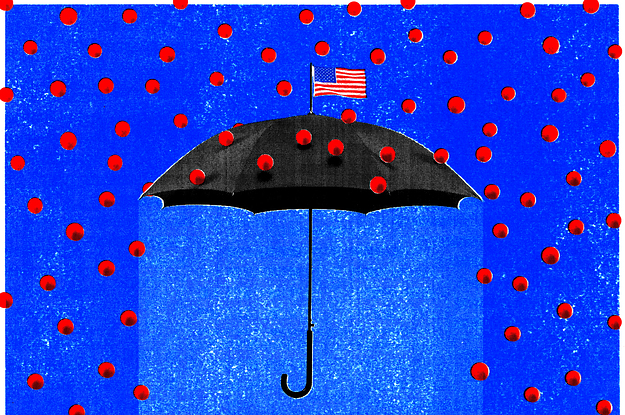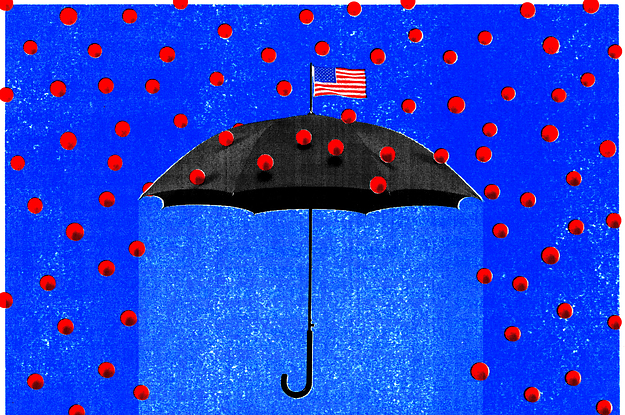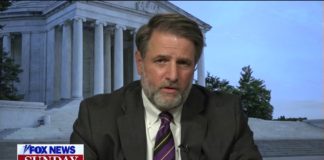
Controlling the mpox outbreak has been all about community coordination and having leaders who empower experts to make science-based decisions. In addition, a collective of individuals and organizations banded together to ensure that information was widely disseminated about symptoms, risks, and vaccine availability.
Nowadays, pretty much anyone can walk up and get a mpox vaccine. Many sites offer walk-in shots with no questions asked, while some may require you to self-attest to your risk of infection. This is a huge shift from just a few months ago, when lines in many cities stretched for hours through parks and around city blocks. Supplies were low, and it wasn’t uncommon to be turned away even after waiting in line. Some complained the systems were racist and classist.
When the White House response team was put into place, they started listening and working to address the issues. They were able to do this because they were empowered with the ability to change course without a lot of red tape.
“It takes science, humanity, leadership, and political will to focus on these events,” Fenton said. “It takes a tremendous amount of education. You need to be able to leverage and utilize science.”
Such adjustments began with a switch to intradermal injections, which addressed vaccine shortage by allowing the existing supply to stretch up to five times further. At the beginning of August, there were no intradermal doses being given; three weeks later, intradermal injections accounted for 74% of the vaccine being administered nationally, even though administering the vaccine in this way, which uses a very fine needle to introduce the vaccine just under the skin, requires specialized training.
Immediately after the announcement to switch, there was some concern about whether the science behind the decision was strong enough. One article in the Atlantic went viral saying the entire US mpox vaccine strategy hinged on just one study. Then, after intradermal injections began, some complained about the mark they were leaving behind on their forearms (this technique can create a small bubble in the skin that could leave a scar). All the while, Daskalakis said, the White House was listening.
“Community said, we need to better understand what the thought process was behind moving to intradermal. So, we put out an FDA document that actually goes over that step by step,” he said. “Community said, we don’t want the mark to be on our forearm. What about moving the vaccine site? So, we figured out alternate sites with the FDA and CDC.”
Daskalakis, whose work has historically been focused on HIV, seems to have a particular appreciation for how this White House responded.
“Coming from the HIV experience and doing work with the population, and all the challenges we have faced. And then, having the leader of the free world tell you, please focus on gay and bisexual men, and make sure that you focus on Black and brown people to end this. This is an infectious disease doctor’s dream come true,” Daskalakis said.
Most mpox vaccination efforts in the US have been run by local and state health departments. In some cities, like DC, vaccination appointments were once only available through online portals, which would sometimes crash when word got out that a new batch of slots had opened. Citizens complained that this system was favoring white people and higher earners.
Dr. Kimberly A. Sommers, interim chief science officer for the DC Health Department, explained one way the agency responded.
“People let us know, and we listened,” she said. “Instead of requiring everyone to go through the website and enter a bunch of private information, we started offering more walk-up clinics. And once we did that, we found a noticeable increase in vaccine uptake in our communities of color.”
Beyond vaccination, the significant drop in cases can also be attributed to gay and bisexual men heeding a call to limit their sexual partners, as well as immunity of the previously infected.
After it was widely broadcast that mpox was spreading primarily through sexual contact, experts asked people at risk for contracting the disease to modify their behaviors, essentially to avoid casual sex. On Aug. 22, the CDC published a report of a survey of gay men, 50% of whom reported reducing the number of sex partners and one-time encounters in the first half of the month. Furthermore, evidence suggests that previous infections with mpox are believed to confer immunity to future infections. That means, once you get it, you won’t likely get it again.
Incidentally, one of the biggest connectors for information sharing in the US and around the world is also an app that many gay men use to hook up: Grindr. One department at the company, Grindr for Equality, has a stated mission to make connections with community organizations with the goal to keep the app’s users around the world safe. This includes making inroads in locations that are politically unfriendly to LGTBQ+ people. It also includes addressing any type of outbreak or health issue affecting the community, including HIV, meningitis, and COVID-19.
“There were a lot of people who received their first really good information about COVID from Grindr for Equality, especially if they were living in a country where the government was denying it,” said Jack Harrison-Quintana, who directs the program. “Then, when mpox kicked off, we already had our playbook.”
He refers to Grindr as the “connective tissue” in a certain channel of the mpox information campaign. Since May, Harrison-Quintana and his team have been working with the European CDC, the American CDC, and other health agencies around the world to get word out about mpox. Local agencies craft messaging alongside representatives from the app that are then sent out to all users in a particular location.
As one of the earliest adopters globally of information sharing during this year’s mpox outbreak, Grindr was faced with a significant challenge. In many cases, the company just didn’t have the answers to what its users wanted to know.
“We started our messaging in mid-May,” Harrison-Quintana said. “It wasn’t until several months later that President Biden finally declared a public health emergency. I was in this position where I was messaging all of these people about this problem, and I just didn’t have any solutions.”







